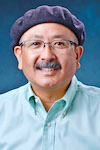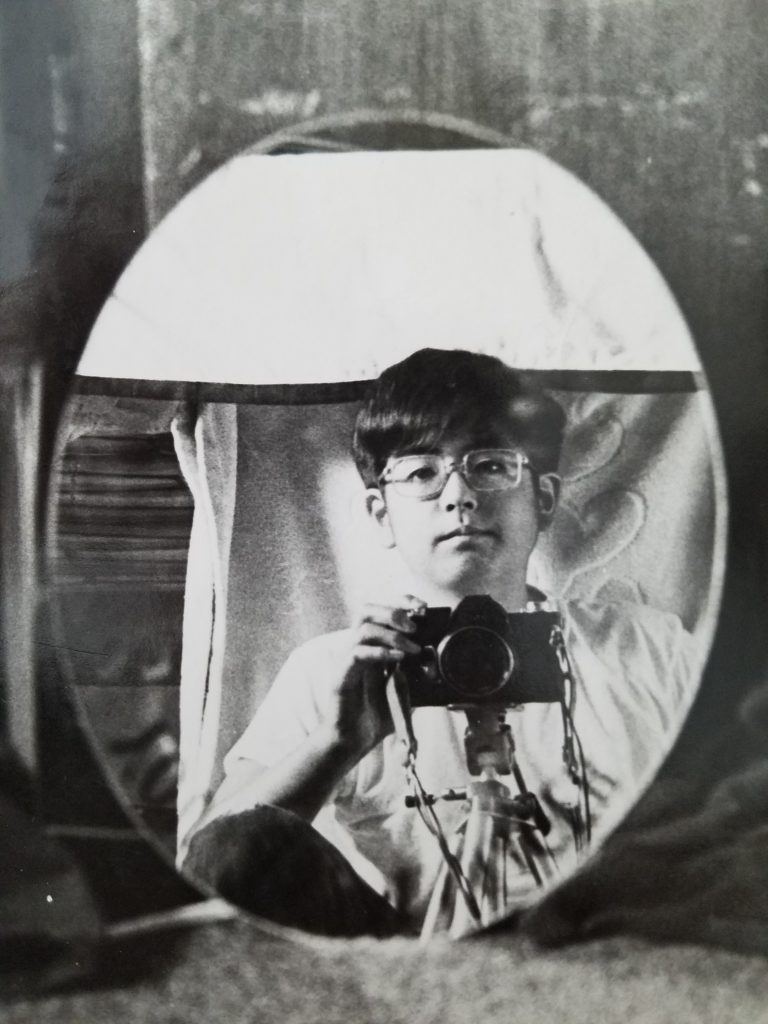
Gil Asakawa
I just returned from a four-day mid-year retreat for the Poynter Koch Journalism and Media Fellowship at the Poynter Institute in St. Petersburg, Fla. I’ve been honored to be an adviser for several years for the yearlong program and assigned to a small group of brilliant journalists with whom I meet every other week. There are advisers for all 60 fellows — the biggest cohort yet for this terrific program that supports young journalists, with a focus on journalists of color.
Fresh from this heightened media awareness, I was drawn into a report by Ryan Warner of Colorado Public Radio on his daily show “Colorado Matters,” on which he interviewed a young South Asian journalism student at Colorado State University. Ali Niaz had just been named one of the winners for Multimedia Narrative Storytelling by the national Hearst Journalism Awards Program for his video, “The Rocket Scientist vs. the Journalist: A Battle Within Culture,” about the South Asian cultural pressure to go into STEM careers instead of humanities (like journalism).
Warner’s interview was terrific, and I went to YouTube to view Niaz’s thoughtful documentary about how studying English was a rebellion against his culture (though his parents came to accept his choice and I assume are proud of his recognition).
The interview and Niaz’s film took me back to my youth, when I was expected to go into a career in engineering, medicine, law or other respectable, money-making fields. When I was in high school, I had three passions: art, photography and writing. I was on my high school newspaper staff as a writer, photographer and cartoonist.
My dream career? I wanted to work for Marvel comics. Really.

Gil Asakawa served on his high school newspaper as a photographer, writer and cartoonist. (Photo: Courtesy of Gil Asakawa)
When it came time to apply for college, I had two paths. Luckily, STEM was already cleared for me because my older brother went to MIT to study electrical engineering. Yes, all our lives he has made more money than me. Now, he’s reclaiming his inner “hippie” by growing his hair long and being more rebellious than we ever thought possible.
My paths were to go to Columbia to study journalism — acceptable to my folks because it was at a prestigious school and would probably get me a “good” job — or study commercial art and go into illustration and the Marvel universe (which was not a thing back then).
I took the art path much to my parents’ chagrin, but they let me do it. They, however, forbid my younger brother, Glenn, from taking any art classes in high school or attend college outside of the state. So, he attended the University of Colorado in Boulder, studied photojournalism as independent study, and he has had a Pulitzer-winning career as a photographer. Good for him.
As for me, I earned a BFA in painting and took photography courses the whole time, but I came out of college and decided to pivot into writing. I wrote about art (I’m using my degree, Dad!) and became a music critic, then a reporter. A couple of years into my role as reporter and music editor of Westword, Denver’s alternative weekly newspaper, my dad pulled me aside at a family dinner and said, “Hey, I hear from some of our friends that you’ve been interviewed on 9News about the local music scene. I guess you’re known as the expert? So, I guess you’re doing OK, huh? I don’t have to worry about you having a Plan B. . . .”
No, dad, I’ve done all right.
I helped Denver media evolve into the digital age. I’ve written three books. I was the staff adviser for the CU Independent, the award-winning student news website at the University of Colorado Boulder, until the journalism program stopped funding it.
These days, I write about Japan and Japanese culture and Asian American identity because that’s what I’m passionate about. I recently was inducted into the Denver Press Club Hall of Fame, which was a nice recognition that I’ve stuck around for a damned long time.
And, I love working with young journalists, including journalists of color. My advisory group in this year’s PKJMF includes three Asian Americans and two Colorado journalists, which is a first for me. I hope to stay in touch and mentor all of them and other fellows for their entre careers. I still meet monthly with two journalists from last year’s fellowship about their work and career choices.
I hope young people in journalism today — especially Asian American Native Hawaiian and Pacific Islanders — are getting the support and encouragement from their families in their decisions to pursue this important industry, which is in such a state of crisis.
I began this column by talking about the PKJMF. This year’s fellowship cohort ends in May, when we’ll gather in Washington, D.C., to close out the program. Literally. The funding for the fellowship is ending. The folks at the Poynter Institute hope to find a new funding source for keeping this program going.
I hope they succeed. I hope Ali Niaz, after he graduates and starts working in some newsroom, has an opportunity to be part of a program like PKJMF. And I hope Ali and every young journalist has a rich and rewarding career, no matter where their work takes them.
Gil Asakawa is the author of “Tabemasho! Let’s Eat! The Tasty History of Japanese Food in America.”



